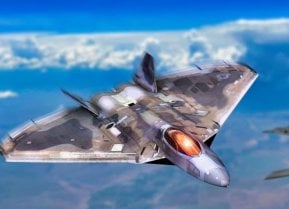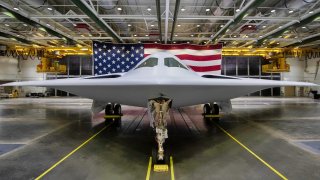B-21 Raider: The Last U.S. Air Force Bomber to Ever Fly?
It could be at least another generation before another bomber is developed and takes to the skies – and that is if the B-21 Raider doesn't end up being the last U.S. bomber to fly.
It was just over a year ago that the United States Air Force and aerospace and defense giant Northrop Grumman officially unveiled the B-21 Raider. It was the first time that a new Air Force bomber had been presented to the public in more than three decades. It is widely considered to be a generational leap forward in aircraft technology and development.
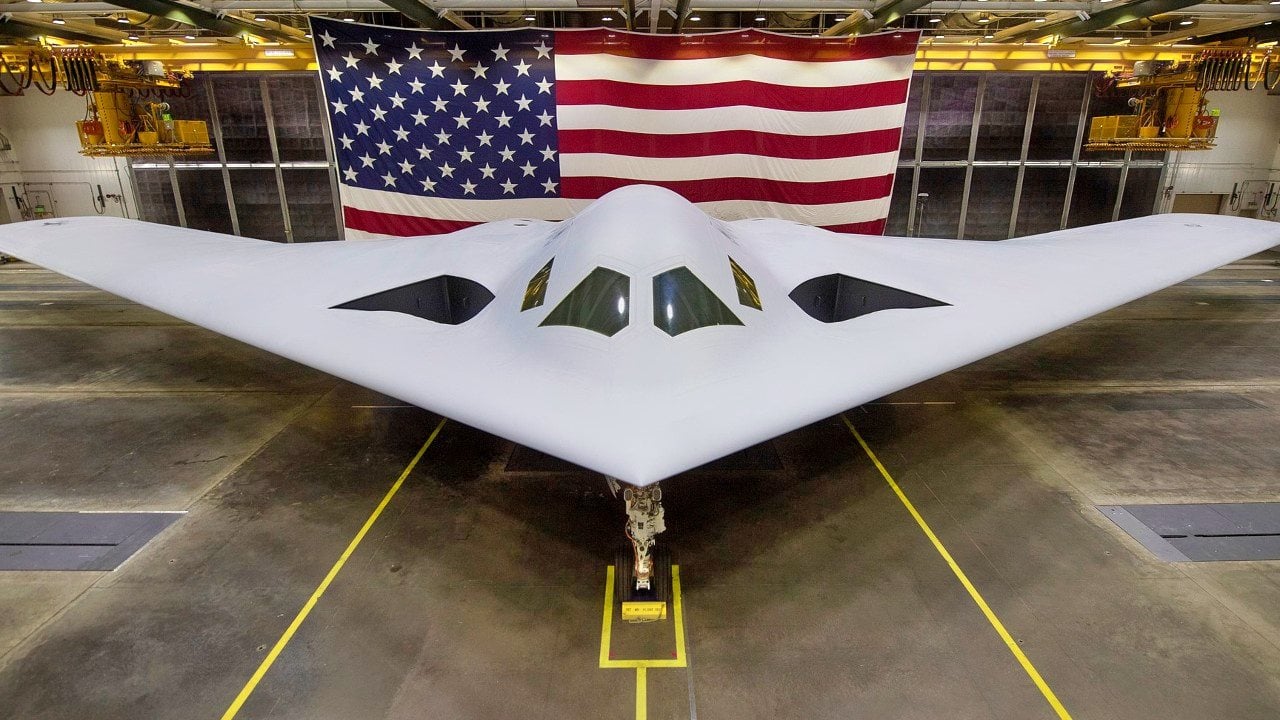
"The B-21 is the most advanced military aircraft ever built and is a product of pioneering innovation and technological excellence," Doug Young, sector vice president and general manager at Northrop Grumman Aeronautics Systems said at the time of the unveiling.
Just last month, the B-21 successfully took its first test flight in Palmdale, California, where the bomber has been undergoing testing. Though the service also didn't publicize the event, about three dozen aviation enthusiasts and others gathered around Plant 42 and witnessed the flying wing-styled bomber take to the skies.
It could be at least another generation before another bomber is developed and takes to the skies – and that is if the B-21 Raider doesn't end up being the last U.S. bomber to fly.
B-21 Raider: Do Bombers Have a Place in the 21st Century?
It might seem out of the question that the Air Force wouldn't operate bombers – as the long-range strategic aircraft are the cornerstone of the service that grew out of the U.S. Army after the Second World War.
An Air Force without bombers might seem to be like the U.S. Navy without ships.
However, it is important to note that the U.S. Navy of late 2023 is vastly different from the U.S. Navy of the 1920s when many naval planners saw the battleship as the ultimate weapon and dismissed airpower entirely. Just 20 years later, the aircraft carrier played a significant role in defeating the Imperial Japanese Navy, and today the U.S. Navy has retired those battleships built during the conflict.
While there have been a few calls to return them to service, the old battle wagons are truly seen as relics of the past.
The same could be true of the long-range strategic bomber, especially as the United States seeks to develop hypersonic weapons and already has more than enough intercontinental ballistic missiles (ICBMs) to end civilization multiple times over.
Yet, the counterpoint is that such long-range aircraft are still a major component of the nuclear triad. Stealth bombers provide the United States with the ability to strike deep within enemy territory largely unobserved. That would suggest that the B-21 Raider – which will replace the aging B-1B Lancer and B-2 Spirit while operating alongside the B-52 Stratofortress – may not be the last bomber developed.
China and Russia Have Bombers and are Building More
The other factor to consider is that the United States is just one of three nations that continue to operate long-range bombers, with China and Russia being the other two nations. Australia had actually considered adopting the B-21, but it is more likely that U.S. bombers could be rotated to its close Indo-Pacific ally.
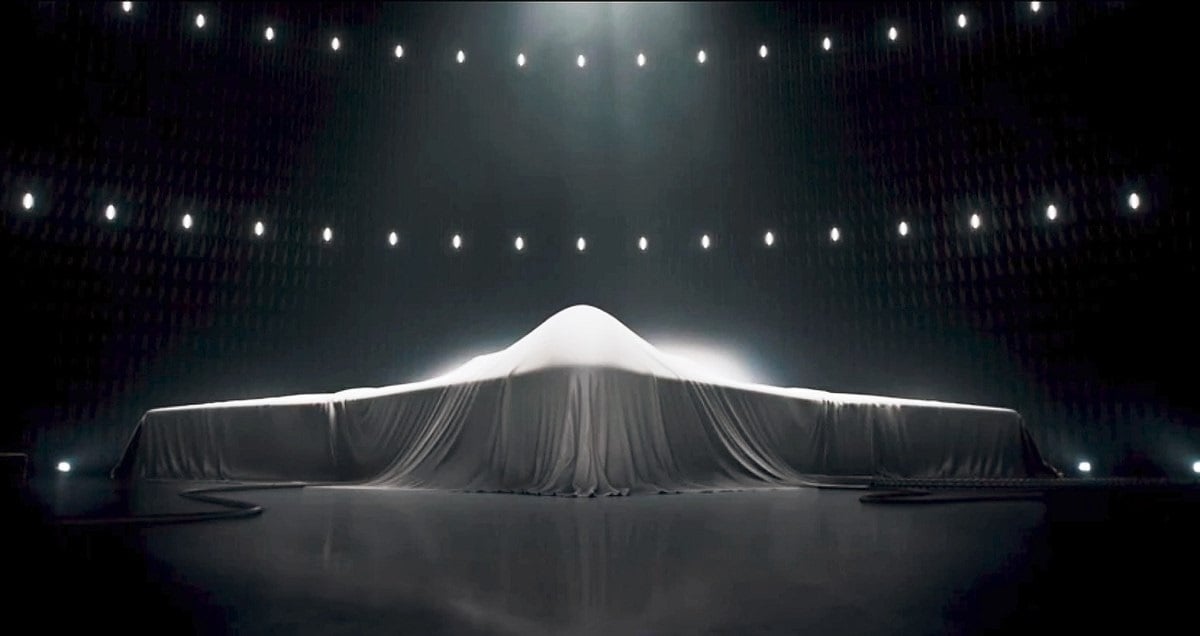
Yet, the more significant point is that as long as Beijing and Moscow maintain bombers, so too will the U.S. Moreover, of the three, the U.S. is the nation that has employed the bomber the most in combat since the end of the Second World War. It could be argued that Russia has limited experience with its bomber force, while China is an outright amateur in bomber operations.
The U.S. Air Force employed bombers in Vietnam, Afghanistan, Iraq, Kosovo, Libya, and Syria – and with aircraft like the B-2 Spirit flying from the U.S. and back in numerous missions.
All three of the U.S. bombers in service are considered as good, if not vastly better, than those of its near-peer adversaries, and there is little reason to believe Moscow can produce its next-generation bomber in number. Likewise, Beijing is starting from near scratch on a domestic bomber.
With modern hypersonic weapons and cruise missiles, bombers can be employed as a standoff platform and there is no reason to suggest that the United States would give up this capability. Simply put, bombers have a place in the 21st century and beyond.
The Autonomous Bomber
The question that should be asked is whether the B-21 Raider will be the last "manned bomber." The future bombers may be unmanned or at least semi-autonomous. This isn't simply about technology; it is about the pilots who fly them.
The United States Air Force is ending 2024 with nearly 2,000 pilots short of the 21,000 manned aviators that it needs to succeed in war and policymaking. Facing that continued pilot shortage, the United States Air Force announced that it would offer bonuses in excess of a half million dollars. The new retention incentives would pay pilots between $15,000 to $50,000 per year to commit to three- to 12-year contracts – up to $600,000 in total.
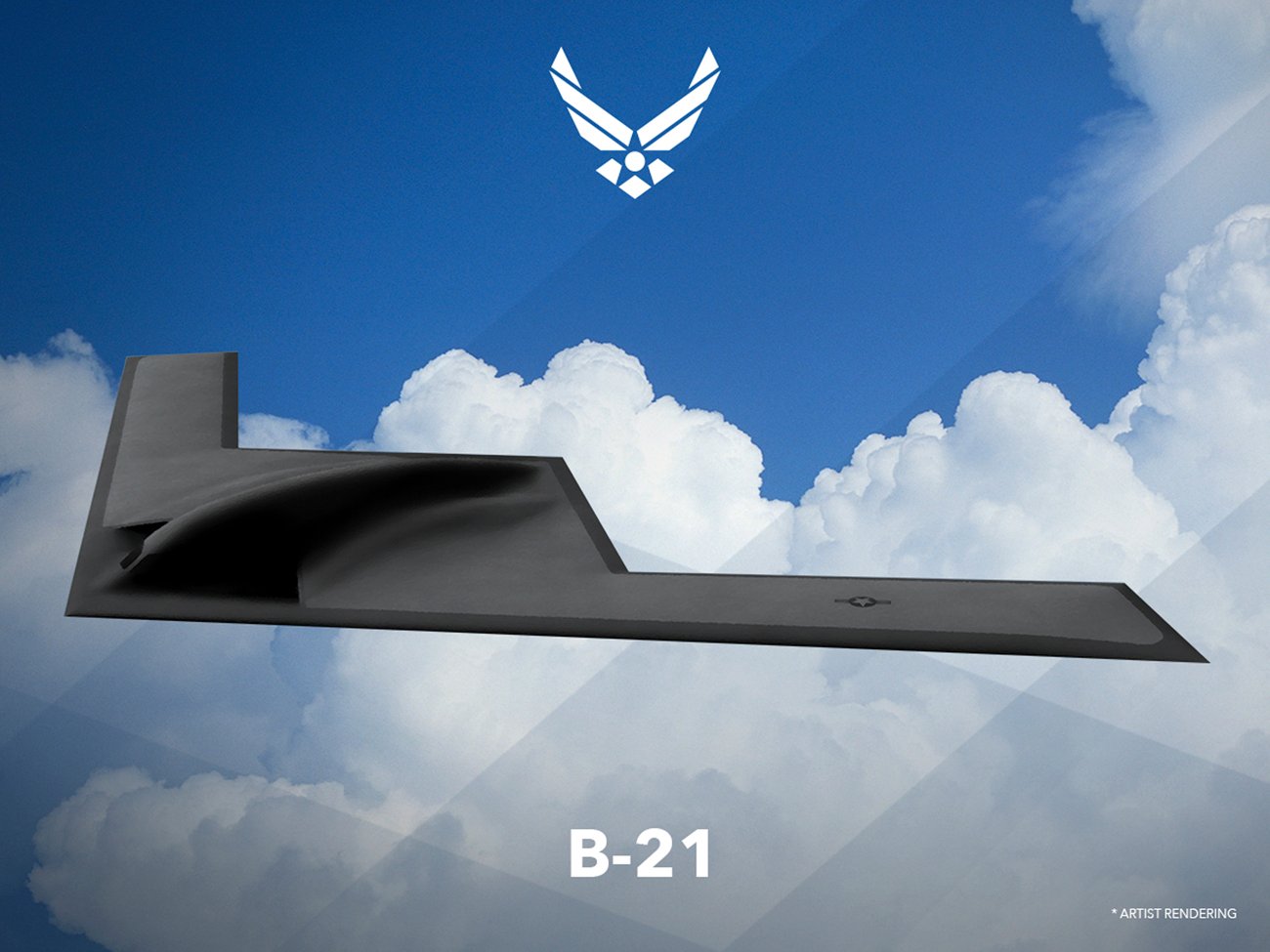
Even with the bonuses, the Air Force will continue to face a pilot shortage, and it is clear that throwing money at the problem will not be enough to solve it. This is where technology could be the solution.
The Air Force – as well as the other services – has already been exploring how artificial intelligence (AI) could be employed to aid manned crews. The Air Force has tested AI to allow the Lockheed Martin C-130J Hercules to fly with a single pilot, while the U. S. Army has tested the Defense Advanced Research Projects Agency's (DARPA's) Aircrew Labor In-Cockpit Automation System (ALIAS) in the Sikorsky UH-60A.
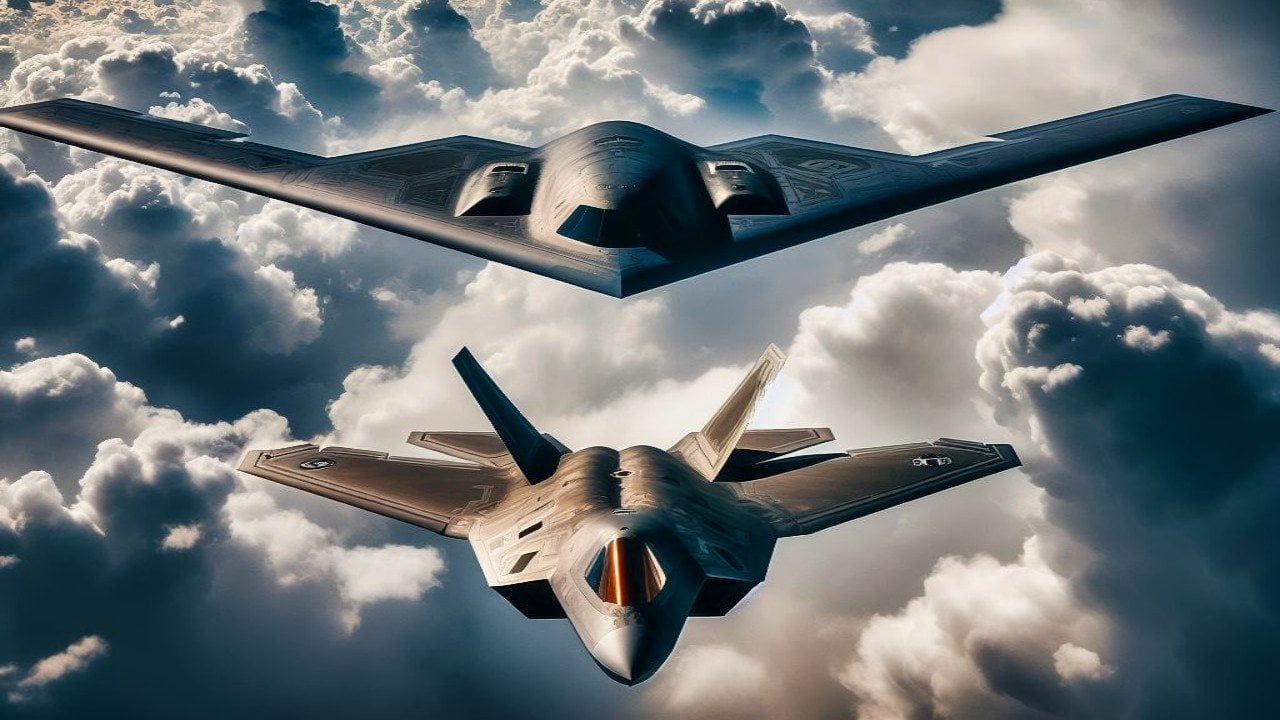
The bomber of the future is thus likely to be a remotely-operated, semi-autonomous aircraft that is supported by other unmanned aerial systems (UAS) acting as loyal wingmen. It may be smaller, but its mission might be the same.
Author Experience and Expertise
Peter Suciu is a Michigan-based writer. He has contributed to more than four dozen magazines, newspapers, and websites with over 3,200 published pieces over a twenty-year career in journalism. He regularly writes about military hardware, firearms history, cybersecurity, politics, and international affairs. Peter is also a Contributing Writer for Forbes and Clearance Jobs. You can follow him on Twitter: @PeterSuciu.
All images are Creative Commons.
